ILSR’s new report, The Rural Electric Rift: Cooperatives Split Over Clean Energy and Local Control, examines the struggle of electric distribution cooperatives and their members to restore local control over electricity purchasing and harness the benefits of affordable clean energy.
Serving rural communities presents distinct challenges. Rural electric cooperatives, spurred by the federal Rural Electrification Act of 1936, could not afford to each build their own power plants. Instead, distribution cooperatives banded together to create generation and transmission (G&T) cooperatives.
G&Ts, serving multiple distribution cooperatives, build or acquire power plants and transmission infrastructure on behalf of their member cooperatives. The distribution co-ops sign power purchase agreements with these wholesalers.

Generation and transmission suppliers, however, invested billions in coal plants and other large-scale power plants — so when rural customers ask for lower bills and cleaner power, two of the benefits of renewable electricity, their local cooperative may not be able to deliver.
This report covers the misalignment, contract breaks, and contract re-negotiations between distribution cooperatives and the generation and transmission cooperatives that serve them.
A Rural Electric Cooperative Status UpdateIn ILSR’s 2016 report on electric cooperatives, we found that cooperatives have low member-owner engagement, are stuck in long-term coal contracts, and may be restricted in their capacity to generate local, renewable electricity. On the bright side, some things have changed since 2016:
Meanwhile, billions of dollars in federal funding are now available to rural electric cooperatives. Proactive cooperatives can take advantage of federal funding to build clean energy projects, support beneficial electrification, and retire coal plants. |
For more details on cooperative power supply contracts, how former Tri-State distribution members have created a blueprint for exiting a bad contract, and the options other distribution cooperatives have explored, download the full report.
This article originally posted at ilsr.org. For timely updates, follow John Farrell on Twitter, our energy work on Facebook, or sign up to get the Energy Democracy weekly update.
Featured Photo Credit: iStock





